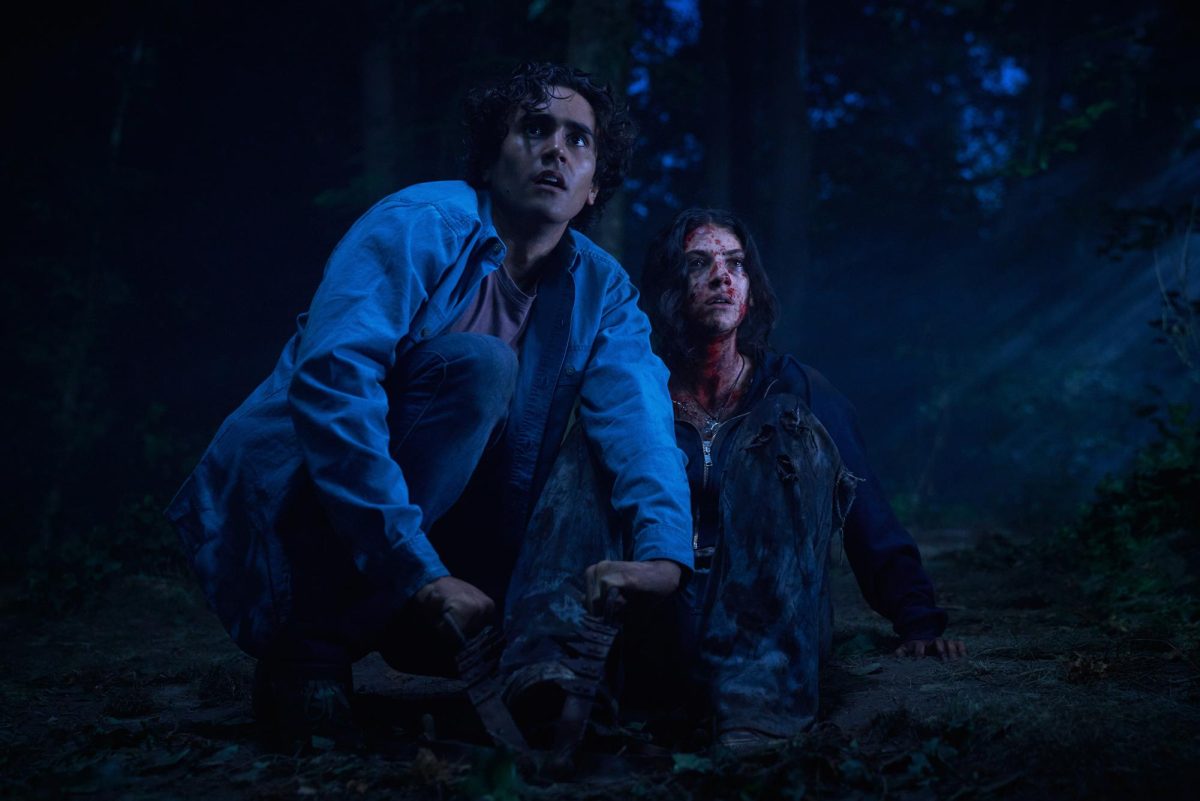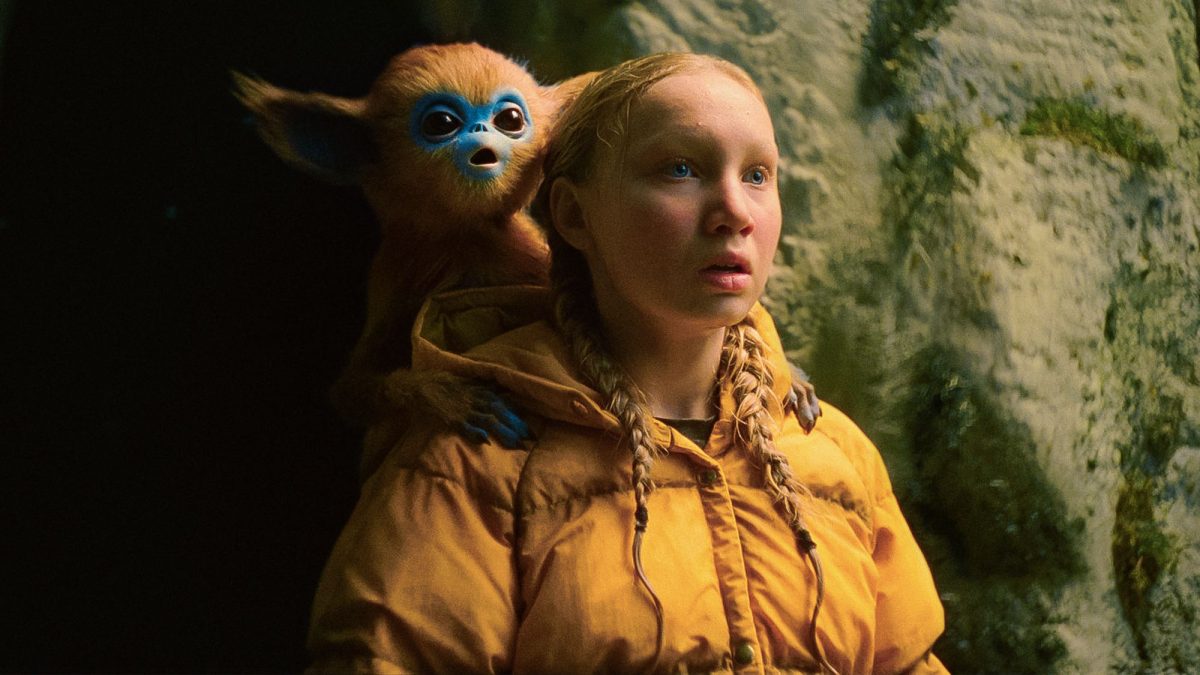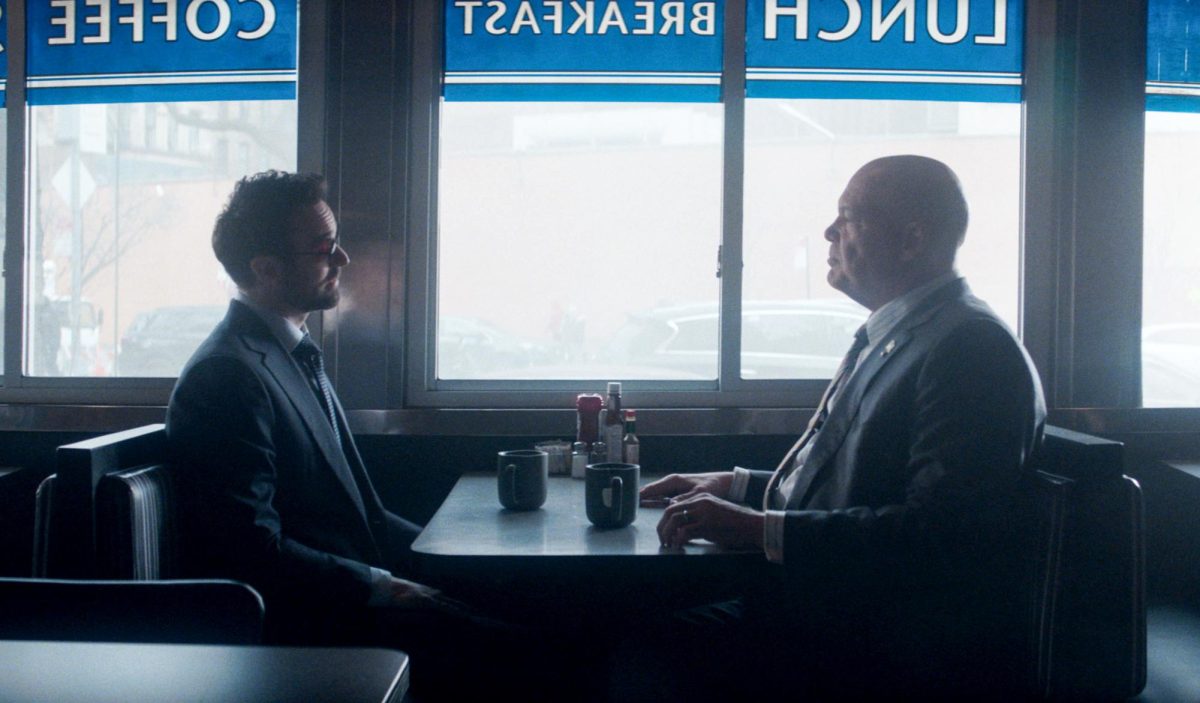The official trailer for Jonathan Glazer’s “Under The Skin” showcases its lead, Scarlett Johansson, who plays Laura, a dangerous, beautiful woman with a secret. She puts on makeup before meeting and seducing a man, as eerie music swells and fades in the background. There’s something off about Laura, though; just a faint hint that her intentions and identity are not what they appear to be.
“Under The Skin,” adapted from Michel Faber’s novel of the same name, remains almost as coy with its genre as a film as does Johansson’s character. Glazer’s vision lends itself beautifully to a poetic, subconscious tale about the exploration of all types of relationships. The film doesn’t hold itself hostage to a specific pace, but instead is more of an observatory journey.
Laura doesn’t do all that much besides stalk the men of Glasgow. The real substance in this film lies in the moods it instills in the audience through its lack of dialogue and abundant visuals. Early on, the protagonist’s coldness and lack of sympathy toward the men she meets is ever present; yet as her escapades become more frequent and her empathy grows, this steely resolve becomes melancholic and reflective. This truly allows the audience to observe the characters rather than strangling them with expectations of being realistic and cohesive.
Glazer’s finest accomplishment in “Under The Skin” may be his ability to defy conventional film expectations. Creating a science fiction and horror hybrid with Johansson as a sexy, Scottish man-eater doesn’t lend itself to be taken as seriously as Glazer pushes it. He almost punishes naive viewers for thinking this would be a traditionally “sexy” film. Rather, it is a serious, unsettling film, and he’s not afraid to make that painfully clear by reversing the roles of predator and prey. The male characters think they’re scoring by getting with Laura, only to discover they have doomed themselves to a far more sinister fate.
In order to fully immerse the viewer in this otherworldly perspective, Glazer employs some truly innovative visual and aural techniques. The amount of “hidden camera footage” was especially impressive, as it added a sense of voyeurism to the already-creepy atmosphere of the film. One scene, in which Laura picks up a physically deformed man, uses this hidden camera technique to hone in on the intimacy of the encounter. This gave the audience a surreal sense of being with the character as she scours Scotland for victims. This helped add some authenticity to the experience of the film and gave the audience a participatory vantage point.
Keeping with the experimental nature of storytelling, the score by Mica Levi is extraterrestrial and haunting, taking full advantage of synthesizers and drones to drive home the feeling that something isn’t quite right about Laura, or her intentions. Like Glazer, Levi has no issue breaking from the conventional. The music here reflects the themes of the film: loneliness, connection and isolation.
Beyond the score and cinematography, Johansson is undoubtedly the most compelling force in the film. She truly capitalizes on her ability to convey both assured sensuality and vulnerable loneliness, as she did so well as Charlotte in Sofia Coppola’s “Lost in Translation.” However, with this role, Johansson adds depth to Laura, who could have easily been watered down into a femme-fatale stereotype. As the protagonist gets in touch with her emotional side and begins questioning her actions, Johansson’s acting captivates the audience and takes viewers inside her struggle as an outsider.
Critics of the film may see it as lacking anything substantial besides Johansson’s star quality. It’s true that there’s very little to latch onto plot-wise, and much of the film works toward giving the film an empty resonance. However, this emptiness, when expressed as deeply as in “Under The Skin,” will merit additional viewings to unravel all of its beautiful, dark layers.
















